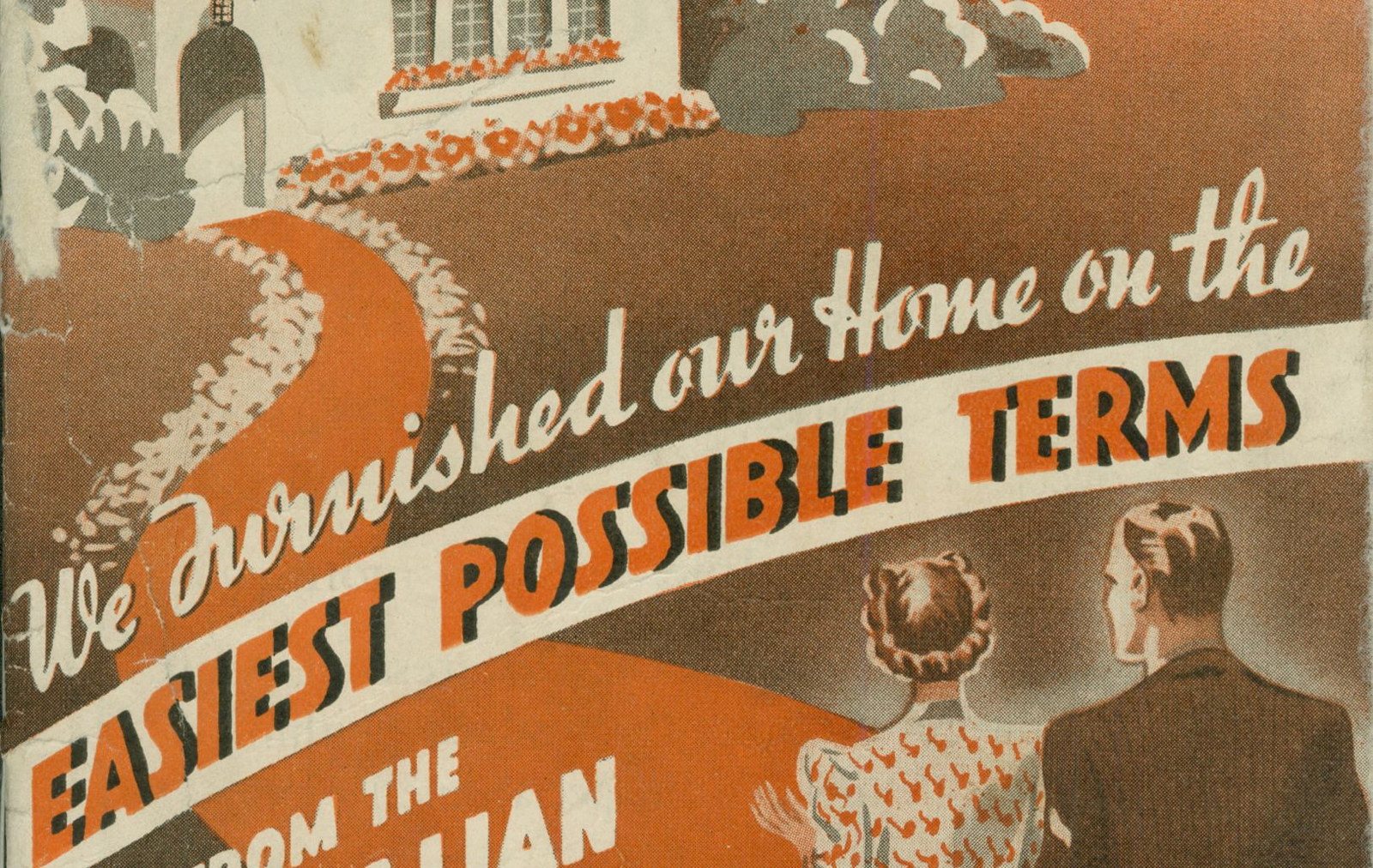Mark Foyʼs
Most Sydneysiders associate Mark Foy’s with its impressive former home, now used as the District Court
Most Sydneysiders associate Mark Foy’s with its impressive former home, now used as the District Court, covering almost a complete block of the city on the corners of Liverpool, Elizabeth and Castlereagh Streets.
But Mark Foy’s first retail outlet in Sydney was a short stroll up the road in Oxford Street. It was established in 1885 by Francis (1856?-1918) and his brother Mark Foy (1865-1950) and named in honour of their father who had run a drapers store in Bendigo and then Melbourne. Following the death of Mark Foy senior (1830-1884), the operation of his store in the Melbourne suburb of Collingwood was taken over by his partner William Gibson and became the well-known department store Foy & Gibson.
The innovative and flamboyant Francis Foy drove the company in its first decades. The Oxford Street store was extended just two years after it was established, a London buying office was set up in 1890 and the business moved from being a draper to a department store. As well as clothing, fashion accessories and jewellery, Mark Foy’s supplied all manner of home furnishings. A furniture catalogue (TCQ 749.20491 MAR) from around 1901 claimed that Mark Foy’s could supply the front door mat, back door mat and every item of home furnishing in between. Departments represented in the catalogue include: furniture, art drapings, beds and bedding, carpets and linoleum, crockery glassware and furnishing ironmongery, lamps and lampware, toilet ware, refrigerators and kerosene stoves.
Mark Foy’s massive new store, mentioned above, was opened in 1908. Known as ‘The Piazza’ and designed by architects McCredie & Anderson, the three-storey store (two floors + basement) with turreted mansard roof was partly modeled on the grand Bon Marche department store in Paris. Business was so brisk that another new building was erected in 1913 on the eastern side of Liverpool and Elizabeth Streets to house the furniture and carpet departments, and then one year later yet another building was constructed nearby in Elizabeth Street for ironmongery and hardware. A knitting factory and bulk store were erected in Goulburn Street in 1920 and the ‘Target’ woollen mill was established in the Sydney suburb of Mascot in 1921. Finally, architects H.E. Ross & Rowe made considerable extensions to the main store in 1927-30, creating a six-storey building but keeping the style sympathetic to the original.
Mark Foy’s benefited from being located next to the Museum underground railway station constructed in 1926. Francis Foy had chosen the site well, the architects even making provision in the original 1908 design for a subway entrance to connect the station directly to the store. By 1926, Mark Foy’s Autumn/Winter catalogue (TC 658.871 MAR/1) indicates its range of goods had expanded to encompass sporting goods, a pharmacy, perfumery, optometrist, hairdressing saloon, florist, framers, stationery and book department, toys, luggage, brushware, kitchenware and tools. The 1932 catalogue (TC 658.871 MAR/2) added a mail order and delivery service for groceries.
Mark Foy’s fortunes began to suffer after 1960, like many large city retailers, due to a number of factors including changing demographics and shopping patterns. In 1968, the company was taken over by McDowells Ltd which was in turn acquired by Waltons in 1972. The store traded under the Mark Foy’s name until leased by Grace Bros in 1980. In 1983 Grace Bros closed its doors and retailing finally ceased at the ‘Piazza’ building.
Related materials:
To see all the Mark Foys material held by the Caroline Simpson Collection, go to the library catalogue. View this fully digitised catalogue on Internet Archive.
More home furnishings stores

Sydney's home furnishing stores
A Hall & Co
A Hall & Co was a retailer of home furnishings and manufacturer of furniture.

Sydney's home furnishing stores
Anthony Hordern & Sons
Anthony Hordern & Sons was arguably Australia's largest retailer from the late 19th through to the mid-20th century.

Sydney's home furnishing stores
Beard Watson & Co
Beard Watson & Co was renowned in Sydney as a retailer and manufacturer of high-class furnishings for the home.
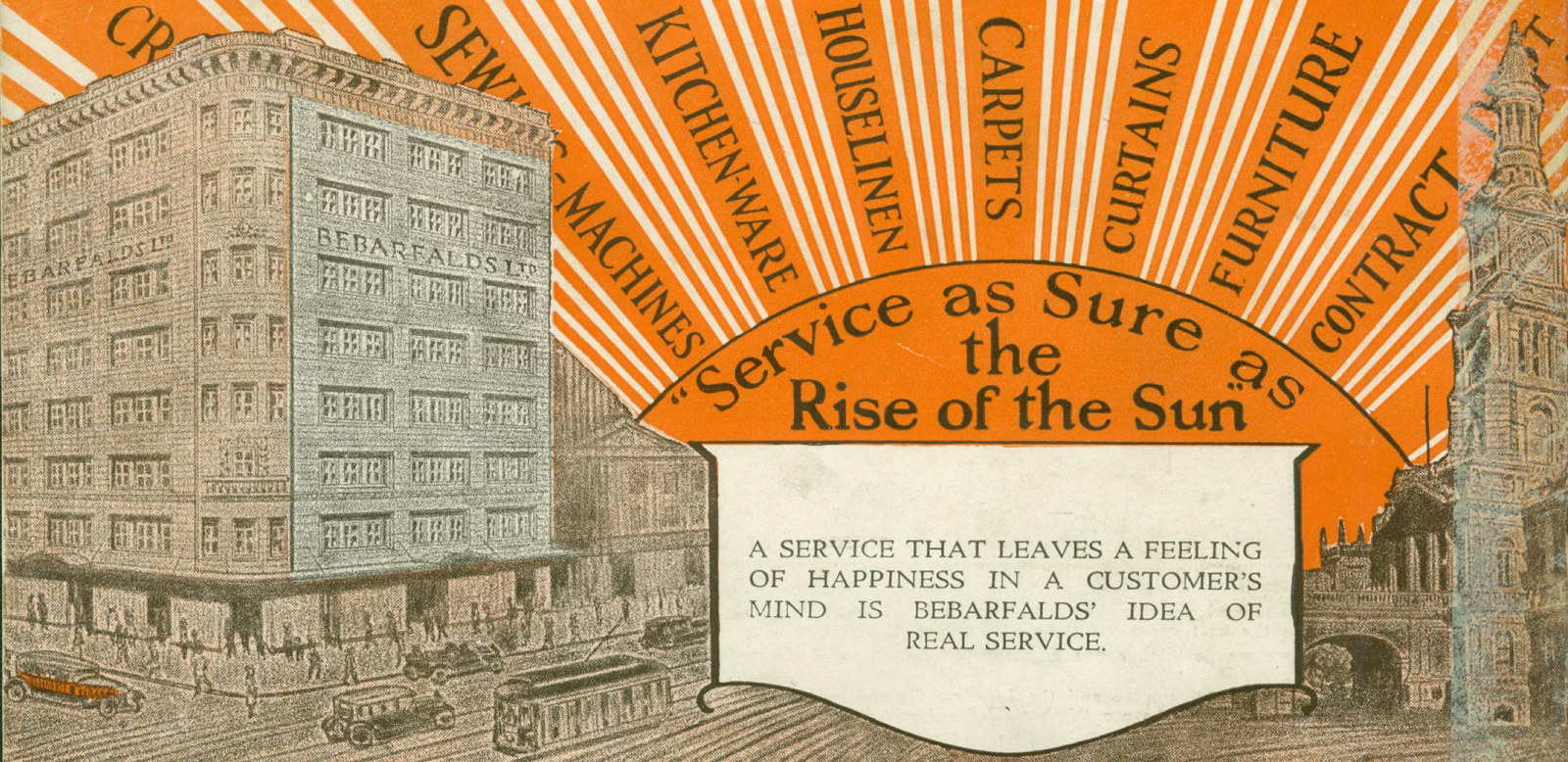
Sydney's home furnishing stores
Bebarfalds
Bebarfalds was a retailer of home furnishings and manufacturer of furniture, trading for many years from its landmark location opposite the Sydney Town Hall on the corner of George and Park Streets.

Sydney's home furnishing stores
David Jones
The David Jones name has long been synonymous with retailing of fine merchandise
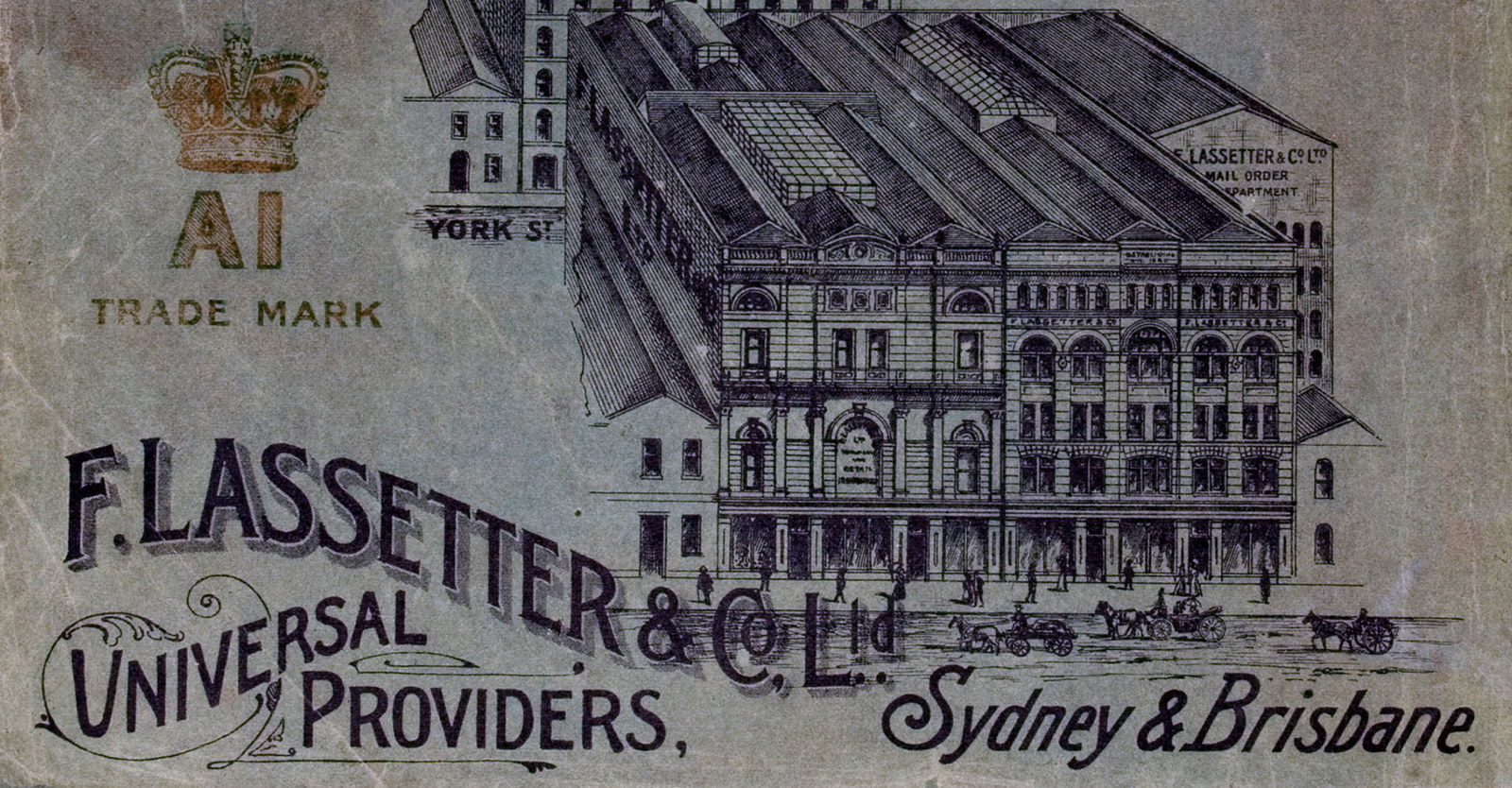
Sydney's home furnishing stores
F Lassetter & Co
F Lassetter & Co started life as an ironmongery business, becoming one of Sydney's largest 'universal providers' by the end of the 19th century
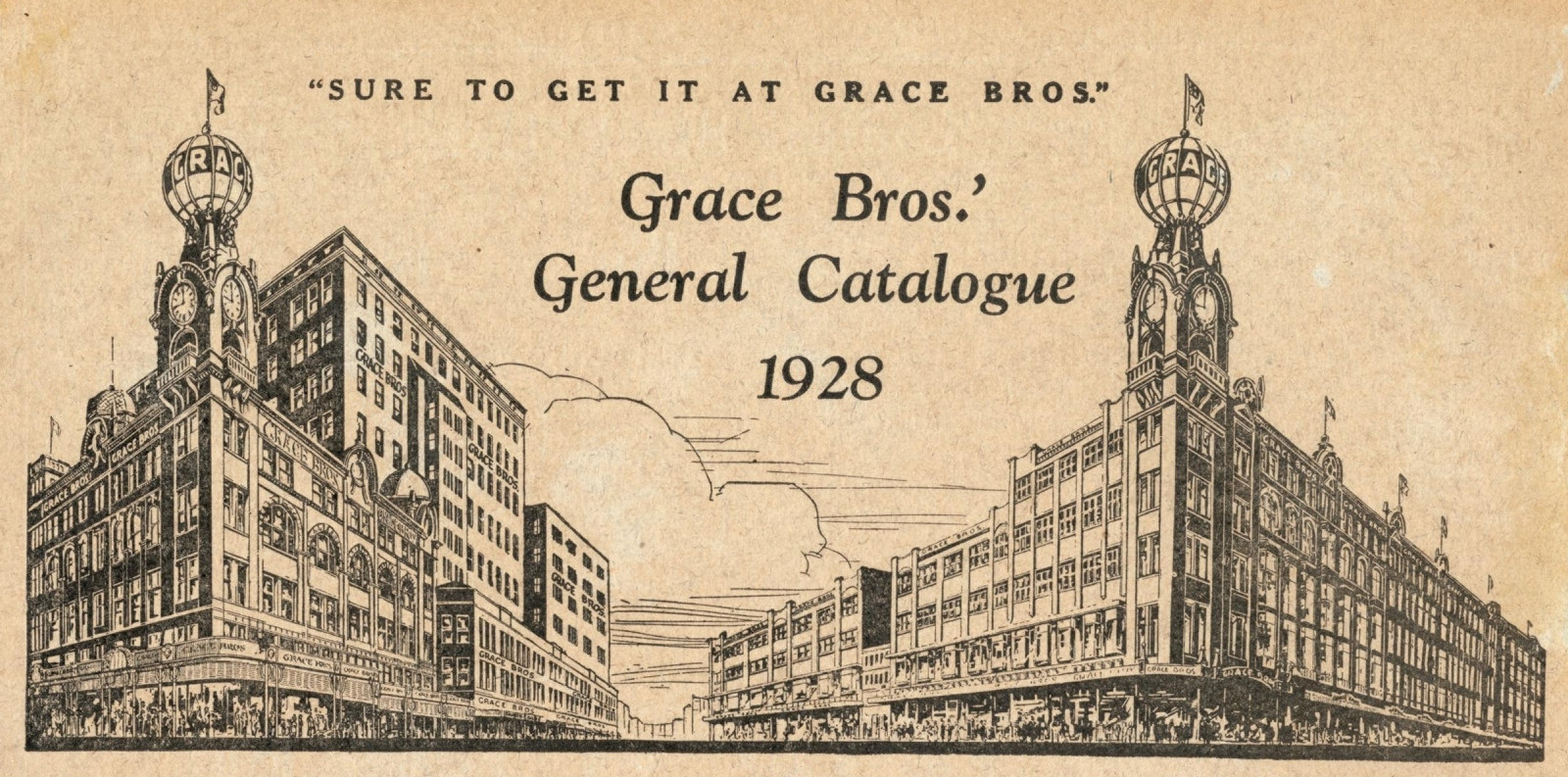
Sydney's home furnishing stores
Grace Bros
From its location just outside Sydney’s main business district, Grace Bros grew to become one of the city’s largest department stores.
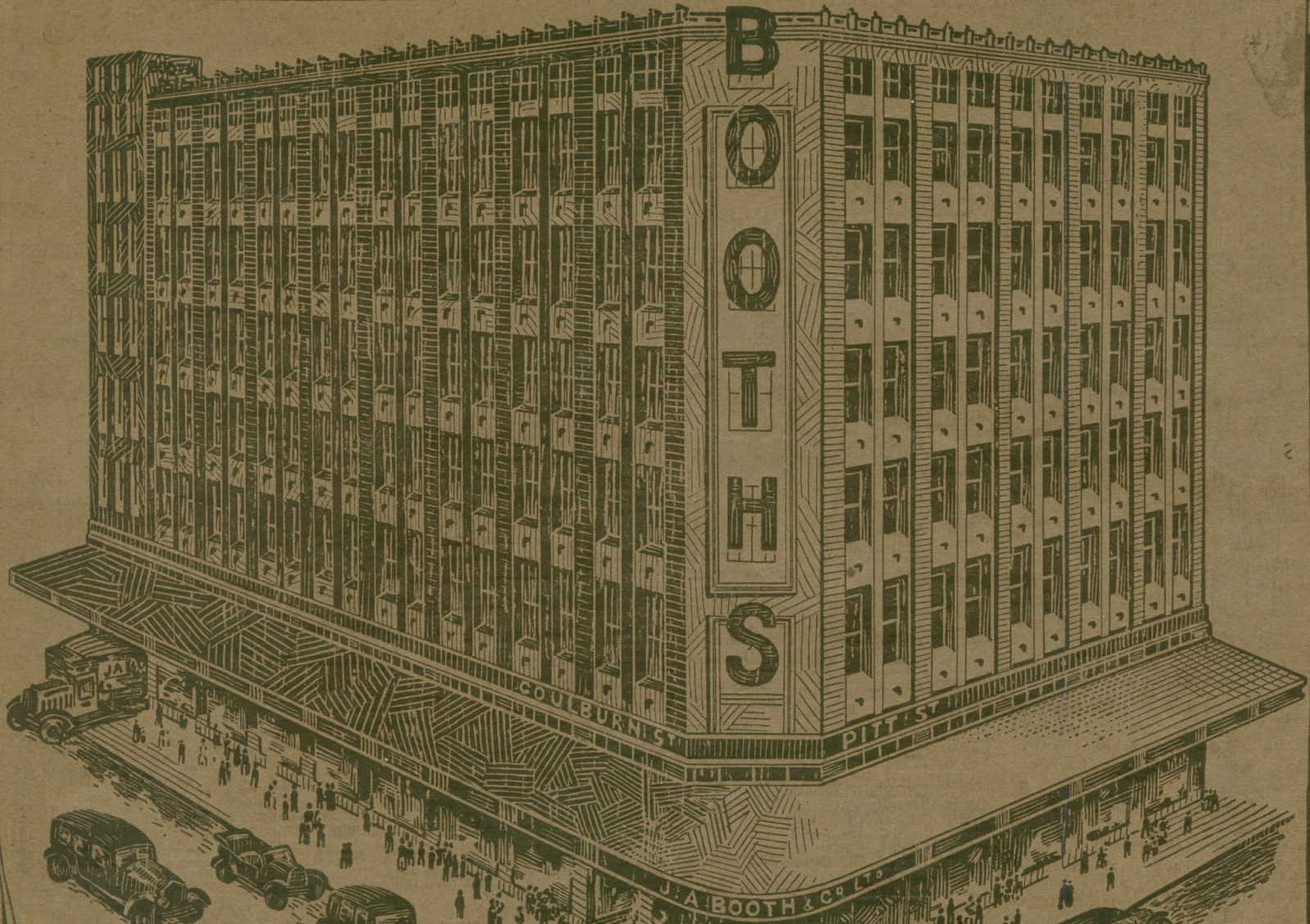
Sydney's home furnishing stores
JA Booth & Co
Although J A Booth & Co was a Sydney furniture and furnishing retailer for over 50 years, the company started life in a very different manner: as tea merchants.
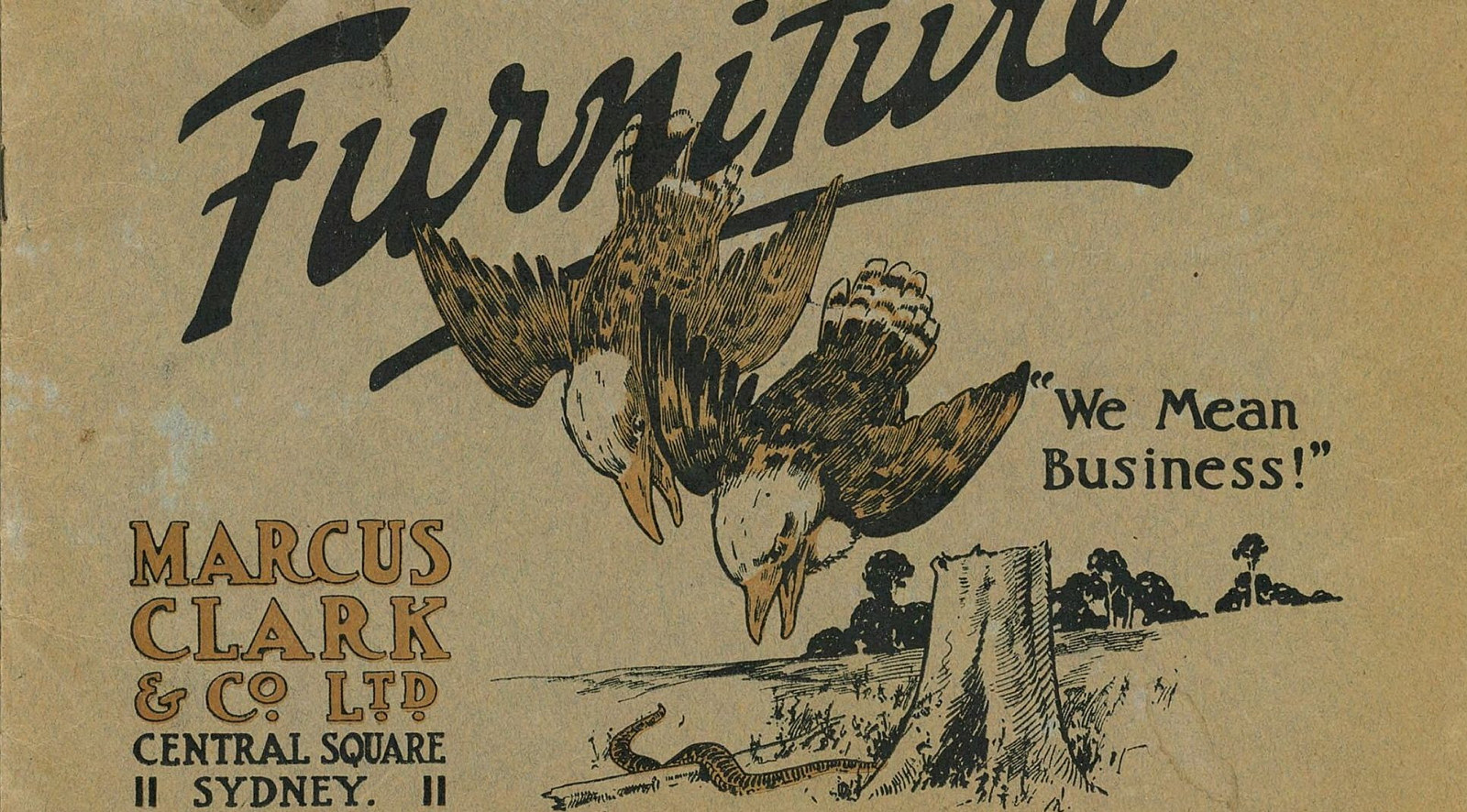
Sydney's home furnishing stores
Marcus Clark & Co
From a modest start in the Sydney suburb of Newtown in 1883, Marcus Clark & Co rose to become one of the city's largest department stores
Published on
